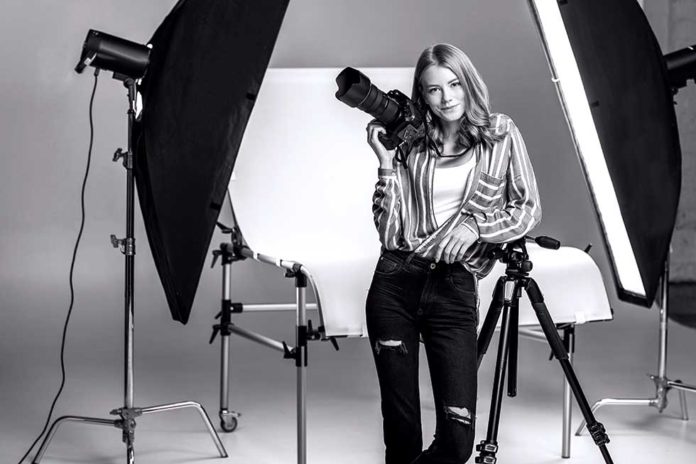GuideBG’s lens reviews use various essential criteria for evaluating a lens’s performance and overall photographic value. These criteria include Build quality and design, Optical performance, Image engagement and aesthetics, PhotoFinesse, Photographing journey, Portability, and Compatibility and adaptability. We conclude with some final words summarizing the lens’s strengths and weaknesses.
Build Quality and Design
This criterion assesses the lens’s construction quality, materials, and ergonomic design. It considers factors such as durability, weather sealing, and ease of use, which can impact the user experience and the lens’s longevity.
Optical Performance
Optical performance apprises the lens’s ability to produce sharp, high-quality images with minimal distortion, chromatic aberration, and vignetting. This criterion considers contrast, color rendition, and overall image clarity.
Image Engagement and Aesthetics
Image engagement refers to the lens’s capacity to create visually appealing and captivating images that engage the viewer. This criterion considers factors such as bokeh, subject isolation, and depth of field control. Here, we also capture the lens’s ability to impart a unique (vintage for vintage lens) look to the images it captures, which can add depth and character to the photographs.
PhotoFinesse
PhotoFinesse measures the lens’s ability to deliver exceptional results with a distinctive touch, allowing photographers to achieve their artistic and creative ideas.
Photographing Journey
This criterion assesses the lens’s automatic or manual focus capabilities, including the smoothness of the focus ring, focus throw, and the presence of focus scales and depth of field markings. It considers how these factors contribute to the overall photographic experience.
Portability
Portability examines the lens’s size, weight, and ease of transport, which can be crucial for photographers who value mobility and the ability to travel light.
Compatibility and Adaptability
This criterion evaluates the lens’s compatibility with various camera systems and adaptability options. It considers factors such as lens mount compatibility, autofocus compatibility, and the availability of lens adapters.
Technical Details
We provide some basic technical details for the lens (as in the sample on the right side).
Final Words
Considering all the above criteria, the final words section summarizes the lens’s strengths and weaknesses.



